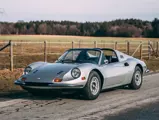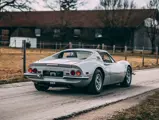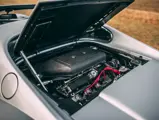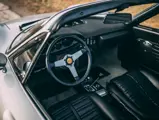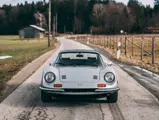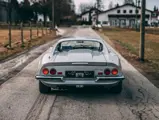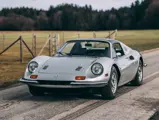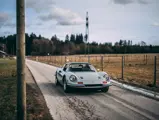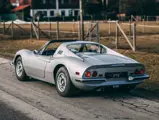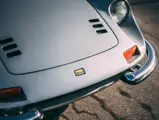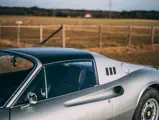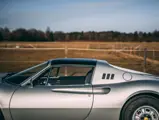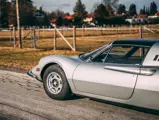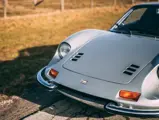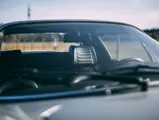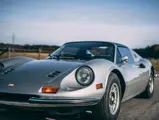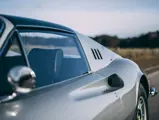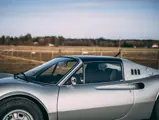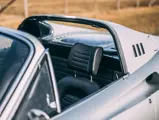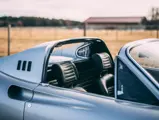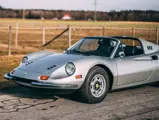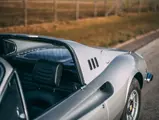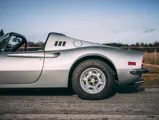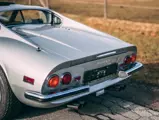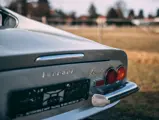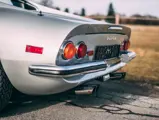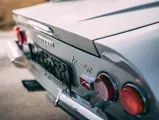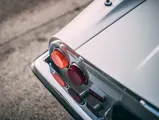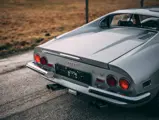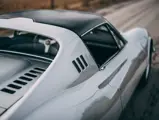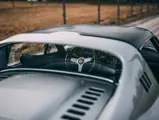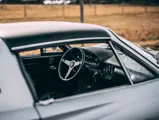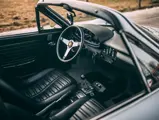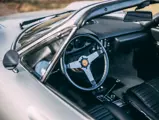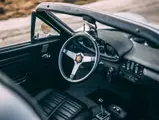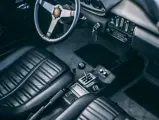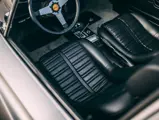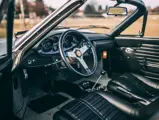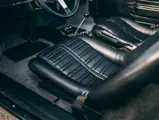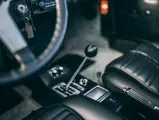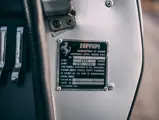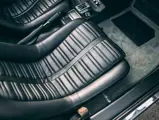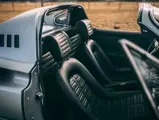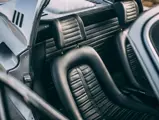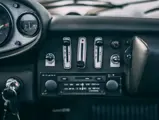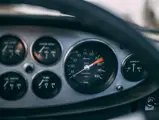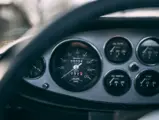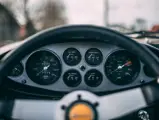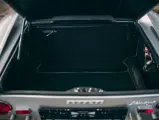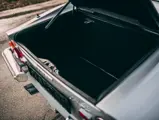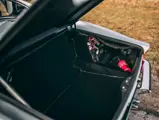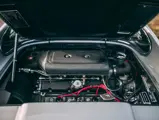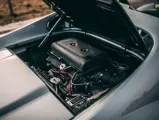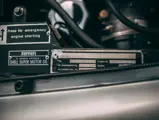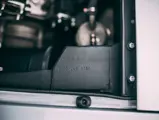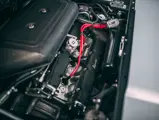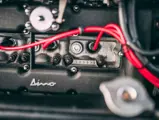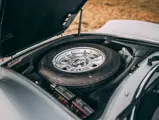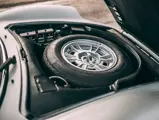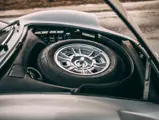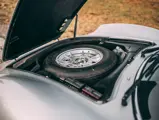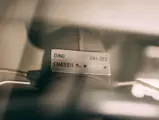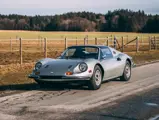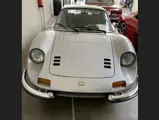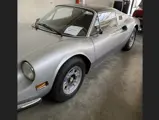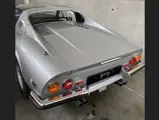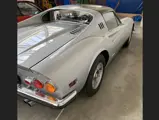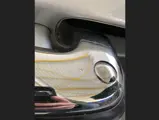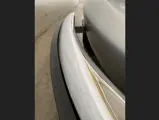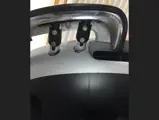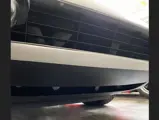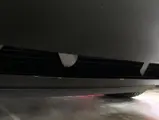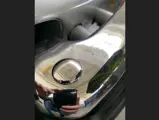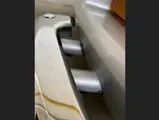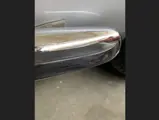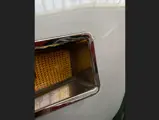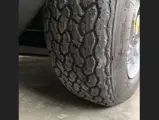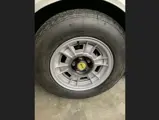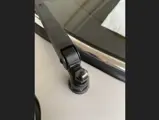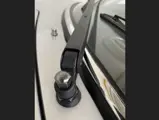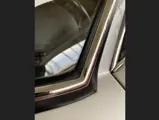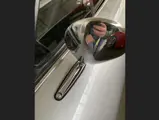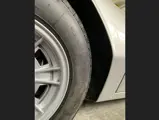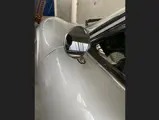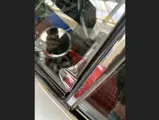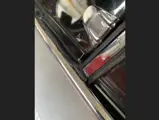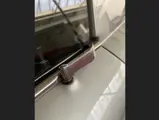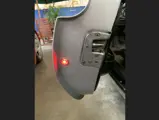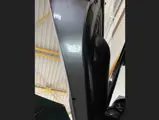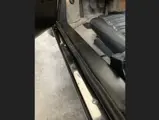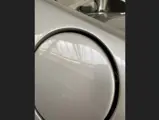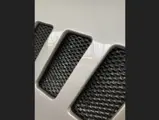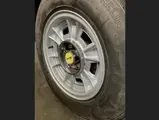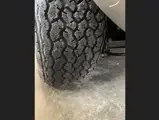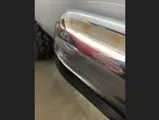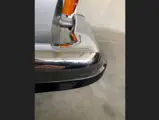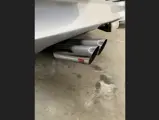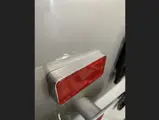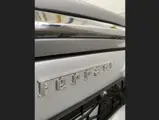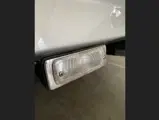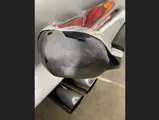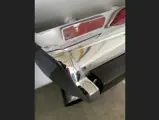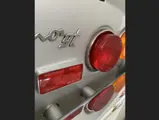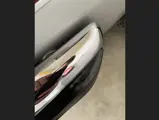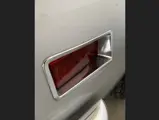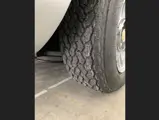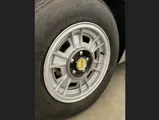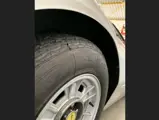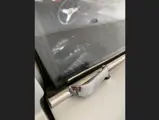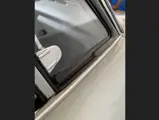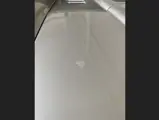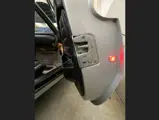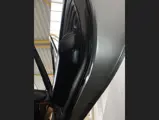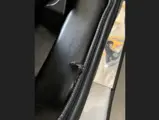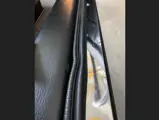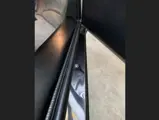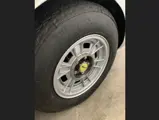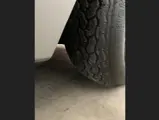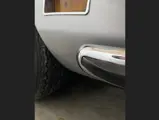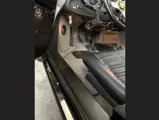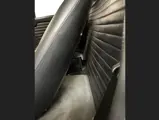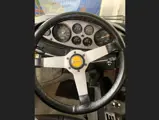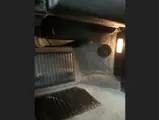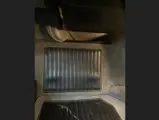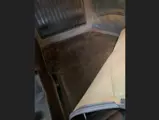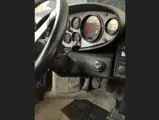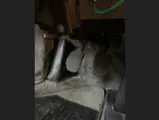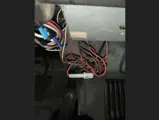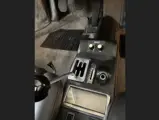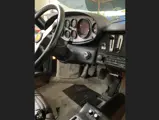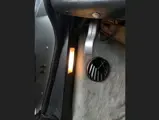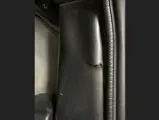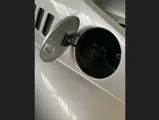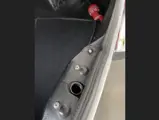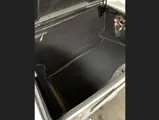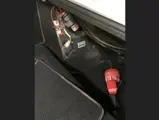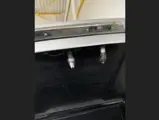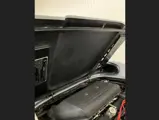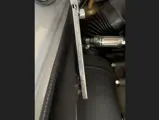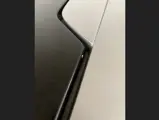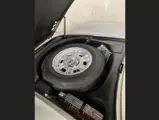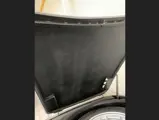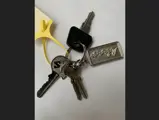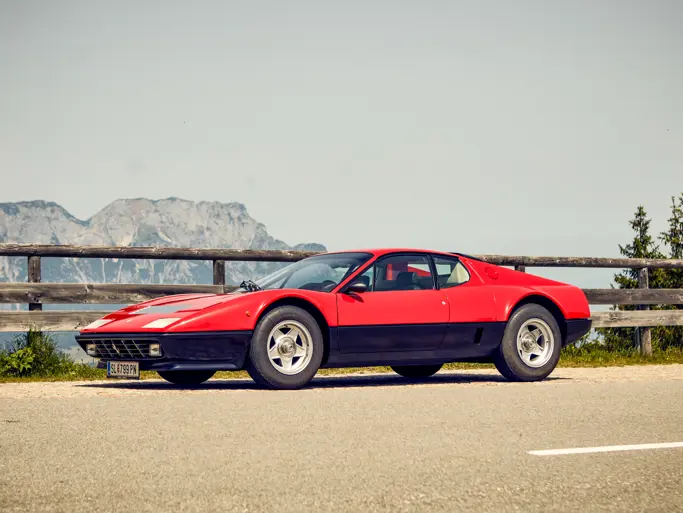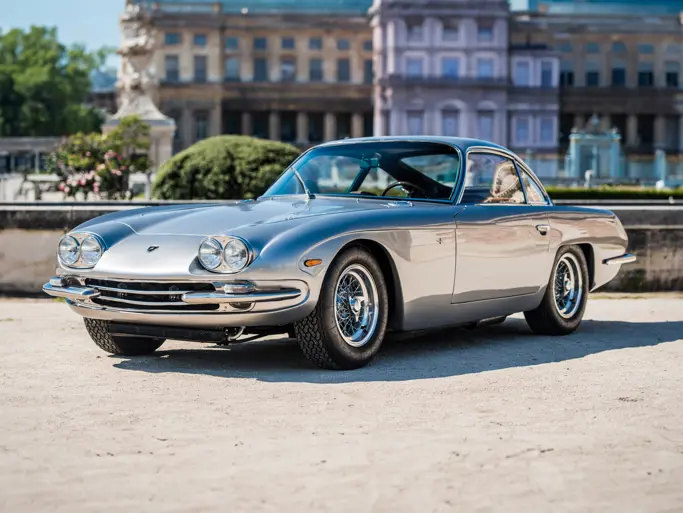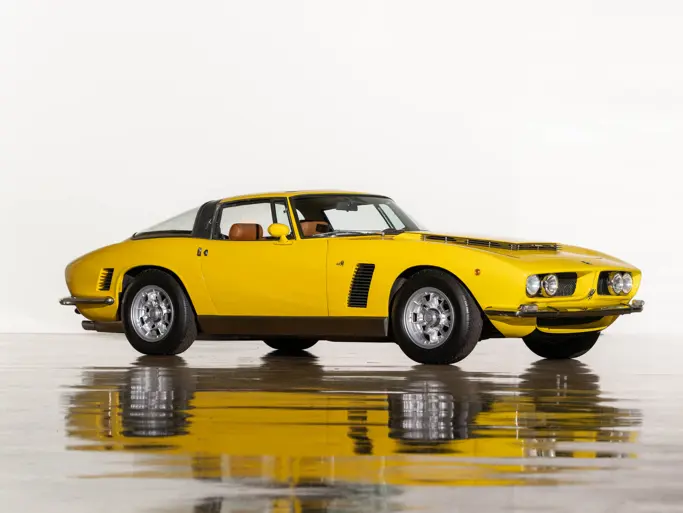Paris 2021
1974 Ferrari Dino 246 GTS by Scaglietti
{{lr.item.text}}
€400,000 - €420,000 EUR | Not Sold
 | Karlskron, Germany
| Karlskron, Germany
{{internetCurrentBid}}
{{internetTimeLeft}}

- Desirable ‘E’ series example, and one of just 1,274 Dino GTS constructed.
- Highly specified US-specification example, with air conditioning and power windows fitted.
- First despatched to Bill Harrah’s Modern Classic Motors dealership in Reno, Nevada.
- Retains original engine and gearbox
- Extensively restored in 2017 by Romaldini & Biccario
There can have been no more personal a project to Enzo Ferrari than the series of charismatic racing and road cars which for almost two decades bore the name of his beloved late son, Dino. The latter’s death from muscular dystrophy in 1956 - aged just 24 - dealt a hammer blow to Enzo not only on a personal level, but also a corporate one: indeed, from an early age, he had identified Dino as his natural successor at both Scuderia Ferrari and Ferrari S.p.A.
At the time of his death, Dino was collaborating with Vittorio Jano on an ambitious 1.5-litre, four-cam V-6 engine, but tragically the former would not live to see the engine progress beyond the early stages of development. The resulting power unit proved to be hugely versatile, with its compact dimensions and prodigious power - in 2.4-litre Formula One guise - securing Mike Hawthorn the 1958 World Drivers Championship, as well as later spawning a new generation of rear-engined Ferrari Sports Racing cars such as the 196SP, 246SP, 166P and the giant-killing 206S Dino Competizione.
Taking more than a few styling cues from the svelte 166/206 series, Ferrari introduced the ground-breaking 206 GT road car for 1967. Featuring an all-aluminium 2.0-litre V-6 engine - albeit mounted transversely behind the driver, rather than longitudinally, as in the racing variant - it was a brave first foray into both mid-engined road car design and (relative) mass production for the company. Although hailed as an immediate success, there were however concerns from some quarters that the car lacked power, so from 1969 a new larger capacity model was available, appropriately bearing the same designation as Hawthorn’s Grand Prix car of a decade or so earlier: 246.
Although the larger capacity car was initially available only in 246 GT Berlinetta form, from 1972 a handsome Spyder variant entered the fray, once again borrowing heavily from the open-top 206 S. Dino production for both Berlinetta and Spyder variants was distributed between three sequential series: L, M and lastly - and somewhat confusingly - E. Whilst the early L series cars are coveted for their purity and proximity to the car’s original design brief, the E series cars - introduced from 1971 until the cessation of production in 1974 - are widely viewed as the most complete “driver’s car”, incorporating as they do the myriad engine, gearbox, suspension and ergonomic improvements associated with the latter stages of the development process, not to mention the lessons learned from the previous two years’ production.
This stunning late Series E, U.S.-specification car was completed at the Maranello factory in February 1974, in a most attractive colour combination of Argento with blue leather interior. Highly specified with optional air conditioning and power windows, albeit fitted with standard specification Cromodora alloy wheels, it was immediately despatched to legendary US West Coast Ferrari distributor Bill Harrah’s Modern Classic Motors concern in Reno, Nevada for onward sale.
Regrettably, little is known of the car’s first owner, except that they were located in the Los Angeles area and retained the car for the next 14 years. In August 1988, the car was sold to Sweden before once again changing hands - and countries - in late 1995 to a Mr. Van Tienhoven of Wassenaar; an affluent suburb of Den Haag, in the Netherlands. Mr. Tienhoven appears to have kept the car only briefly before selling it to a fellow Dutchman, Mr. Geest, in April 1996, although it was in the former’s ownership that it underwent a colour and trim change from its original combination to yellow, with contrasting black leather interior.
Interestingly, in November 1996 the car appeared at an auction in the UK at which point it had been re-sprayed red, and displayed an indicated 66,000 miles. The car failed to sell and once again returned to its adopted Dutch homeland, later appearing in the collection of Korstiaan Van Kleef and having once again reverted to yellow paintwork. By 2005, 07760’s itinerant life had taken it to the Southern Hemisphere, and briefly into Australian ownership, before being brought back to Europe once again in January 2006 by leading Dutch Historic Car dealership Gallery Aaldering. The car was acquired by the German consignor in 2012, and it was during his custody that it was treated to an extensive mechanical and cosmetic overhaul in 2017 by Romaldini & Biccario of Munich. This included returning the bodywork to its original fetching shade of Argento, courtesy of a renowned Munich-based Ferrari specialist, and careful reconditioning of the leather interior.
With its timeless styling, formidable performance and illustrious lineage stretching back to the glorious V6-engined Grand Prix and Sports cars of the 1950s and 1960s - not to mention that exhaust note - there can be few Ferraris as emotionally charged as the Dino 246 GTS. That this particular example has enjoyed such a fascinating and widely travelled existence merely adds to its considerable appeal, and it remains ready to be enjoyed and appreciated into its sixth decade and well beyond by its fortunate new owner.

